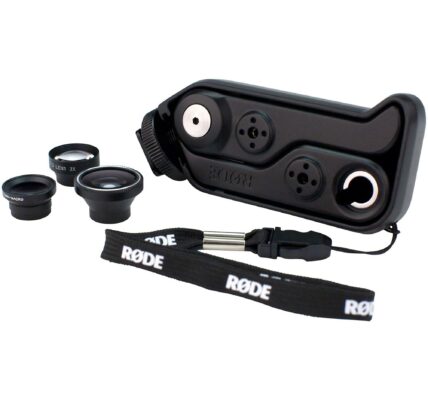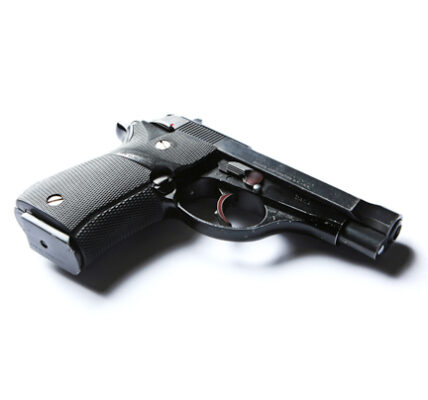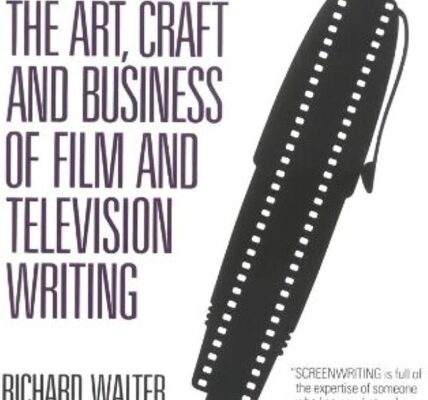CINEMATOGRAPHY
Shooting Leaves Of Grass With The RED
The experienced cinematographer Roberto Schaefer brings us his views on using the RED ONE camera on set and why he chose digital over film.
In September of 2008 I was in prep for Leaves of Grass in Shreveport, Louisiana. We were going over all the aspects of the production, which is the story of a pair of identical twins played by Edward Norton. The budget was under $10 million, and there was a substantial amount of VFX to be done including many static and motion twin shots. We were originally budgeted to shoot on 35mm film but it soon became apparent to me, after several discussions with the director Tim Blake Nelson, that we could greatly benefit from a format that would allow us to shoot a lot more footage than we were currently budgeted for.
I had tested a RED ONE camera in September of 2007, when I was in prep for Quantum of Solace, and had been quite pleased with the results in trying to replicate the film stocks that I was using as a control for the rest of the film. In addition, the RED had now advanced to build 16 and had higher quality output than I had previously tested. After looking at all of the variables involved in this production, and after consultations with other filmmakers who had used the RED on other productions, we decided to go ahead and shoot digital. This left me with a very short period to test, and certainly not enough time to do a film-out; this did come back to haunt me and I definitely won’t let it happen again. There were some very positive results from going digital for this movie. In the end we had about 400 hours of material for the editors to wade through; that alone would have broken our 35mm budget and I think even super 16mm would have been prohibitive at that point. Our camera rental costs were very favourable due to a direct deal with RED. I certainly believe that digital was the right choice for this project, mainly due to the amount of material generated, and it was also a boon for the composing and split screen elements on set.
To read this article in its entirety, subscribe to the print or digital editions











